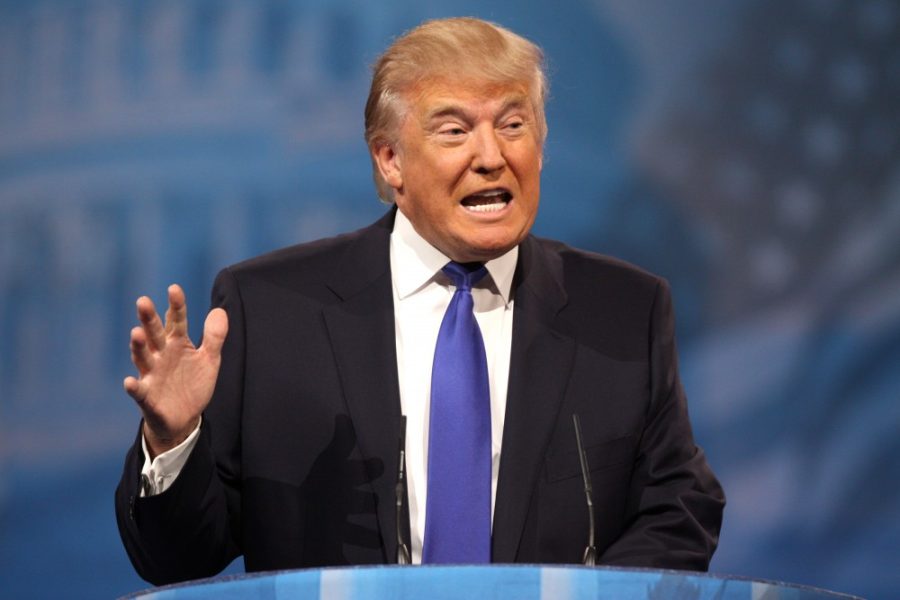The first 100 days of a presidency, constituting roughly six percent of a four year term in office, are said to project the future of a president’s service; whether a president is gaining or losing momentum in terms of power and influence can be observed by the trends exhibited during this honeymoon phase of the administration.
The attention to the 100-day benchmark began with Franklin Delano Roosevelt. Catalyzed by the Great Depression, FDR wasted no time and passed laws quickly. Since then, it has been used as an easy way to compare presidential accomplishments.
President Donald Trump released a 100-day action plan to “Make America Great Again.” In this contract to the American people, Trump outlined his plans to restore security, protect American workers and clean up corruption in Washington. Now, after 100 days of work on this action plan, let’s compare his progress to that of his four most recent predecessors: Barrack Obama, George W. Bush, Bill Clinton and George H. W. Bush.
Trump’s approval rating currently sits at 41 percent, below those of the last four presidents; Obama recorded the highest approval rating of these men at 62 percent. With disapproval at 54 percent, Trump has a disapproval rating more than 10 percent higher than his four predecessors.
A frequent target of derision, the number of vacation days a president chooses to take may vary widely. Clinton completely refrained from taking personal vacations in his first 100 days, while President Trump racked up the highest number at 21. Obama was criticized by Fox News for being absent on vacation, when in his first 100 days, he took four off.
Executive orders grant a president the discretionary power to implement legislation and are suggestive of a president’s goals while in office. In the first 100 days, Trump will have passed over 25 executive orders; he is followed by Obama, who passed 19 executive orders at the beginning of his first term. President Clinton passed 13 executive orders, while both Bush presidents each passed 11 executive orders during their first few months.
In their first 100 days in office, newly elected presidents often rescind the laws, orders and programs set forth by their predecessors. According to the Consumer Federation of America, a growing number of individuals are defaulting on student loans and the debt owed by students now surpasses credit card debt in America. In response, Trump revised Obama’s guidance on student loan payments.
The new administration released a letter that will allow student loan debt collectors to charge individuals who default on their loans higher interest rates. This will affect seven million Americans who have loans through the Federal Family Education Loan Program. Loans through the Department of Education will not be affected by this action.
At this point in time, Trump has rescinded more laws than any other president, using the Congressional Review Act. Many of these changes have been in regards to education, effecting grade school and college students alike. These changes have been made to implement requirements for college professors, regulations on state education programs, the coal industry, hunting regulations and a variety of others.
The first 100 days account for only a fraction of the work a president will complete in their term, and Trump took to Twitter on April 21, dismissing the relevance of 100 day statistics on the @realDonaldTrump account. “No matter how much I accomplish during the ridiculous standard of the first 100 days, & it has been a lot (including S.C.), media will kill!” Trump said.
Follow Kelly Dorney on Twitter.









